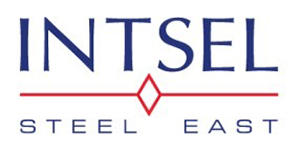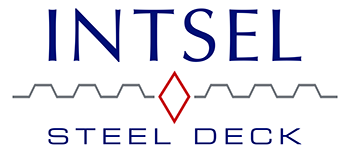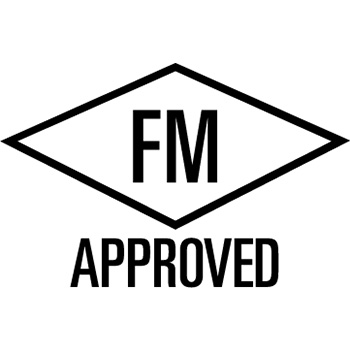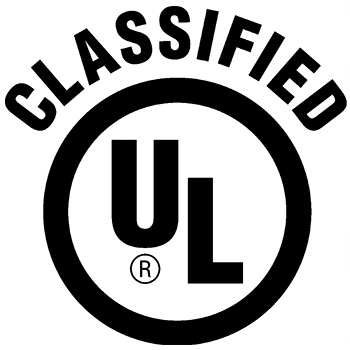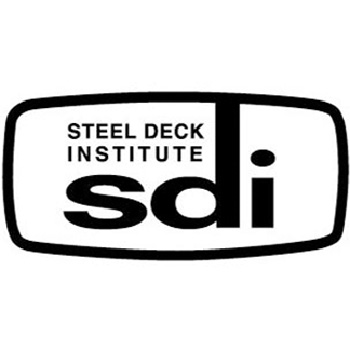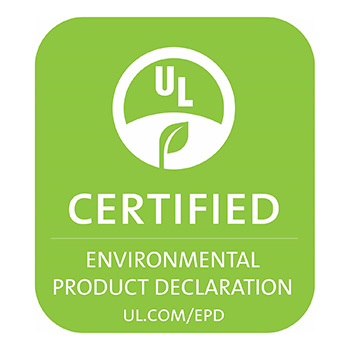A Closer Look At Steel Sheets: Types, Uses, and Advantages
Steel has long been one of the most important materials in the world, and it makes up 99% of all metal consumption globally. A wide range of...
May 13, 2024
